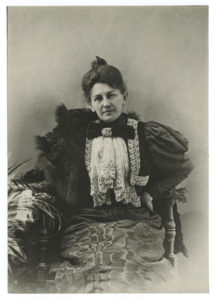Religion & Spirituality
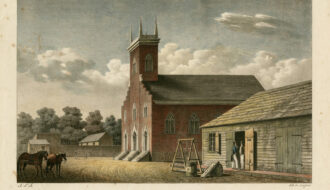
Protestantism in Louisiana
Several Protestant denominations are present in Louisiana with Southern Baptist and Methodist as the most dominant.

Several Protestant denominations are present in Louisiana with Southern Baptist and Methodist as the most dominant.
A pioneer planter in what is now West Feliciana Parish, Rachel O'Connor wrote more than one hundred letters describing antebellum plantation life in southern Louisiana.

A receiving community is a city, town, or neighborhood that accommodates people displaced by a disaster.
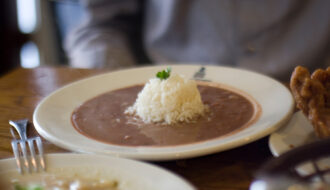
Traditionally served on Mondays in New Orleans, red beans and rice is an economical dish that has become a staple throughout Louisiana and the Gulf Coast.
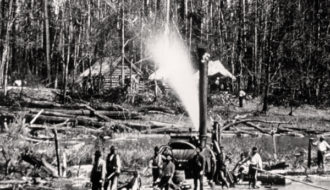
The Great Raft was a thousand-year-old logjam in the Red River that prevented transportation downriver to New Orleans.
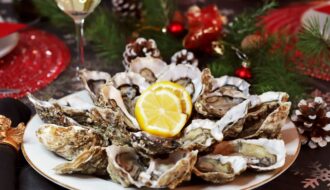
Rooted in nineteenth-century Creole traditions, the réveillon has experienced a modern-day remaking in New Orleans restaurants.

The rebellion of enslaved people aboard the ship Creole resulted in the self-liberation of more than 120 people.

Widely credited as the founder of the landscape painting tradition in Louisiana, French-born painter Richard Clague received most of his formal artistic training in Europe.
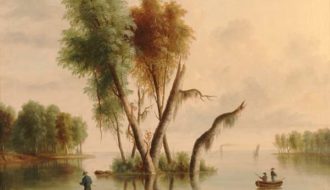
Itinerant landscape painter Robert Brammer opened a portrait studio in New Orleans in 1842.
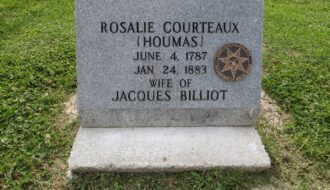
An important woman leader in the Houma Nation’s history, Rosalie Courteaux defended her people against non-Indian encroachment in the nineteenth century.
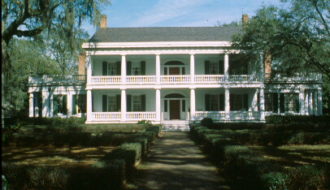
Rosedown Plantation in Louisiana is one of the most intact and well-documented examples of a plantation complex in the South.
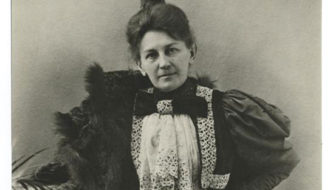
Ruth McEnery Stuart was one of the most prominent Louisiana writers of short stories and poetry in the late nineteenth century.
One-Year Subscription (4 issues) : $25.00
Two-Year Subscription (8 issues) : $40.00
